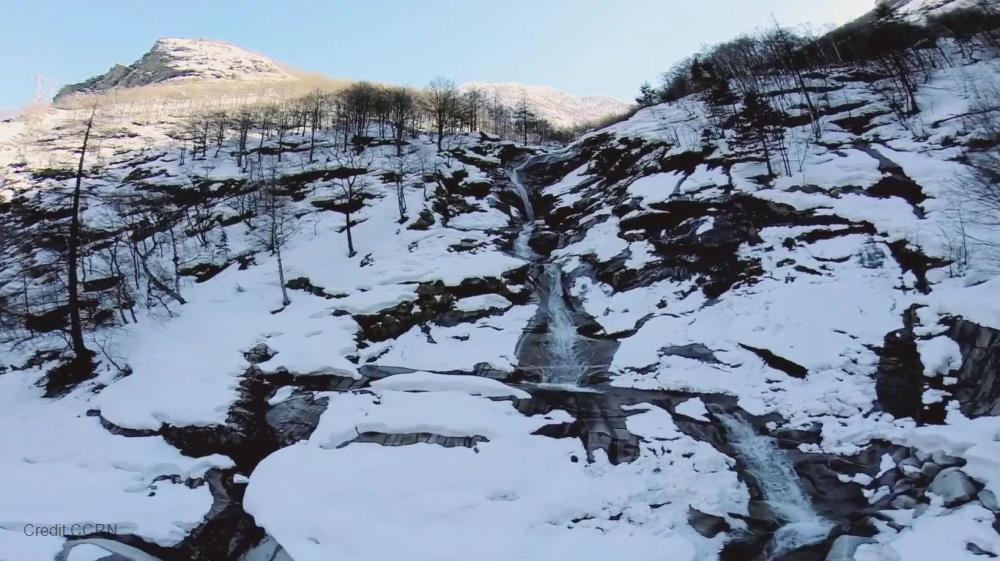
Related items loading ...
Section 1: Publication
Publication Type
Conference Poster
Authorship
Cheng, R., Magney, T., Orcutt, E., Pierrat, Z., et al.
Title
Opportunities and challenges in evaluating photosynthetic activity across Arctic-Boreal land cover types using solar induced fluorescence
Year
2022
Publication Outlet
American Geophysical Meeting, Chicago, United States of America, (December 12-16)
DOI
ISBN
ISSN
Citation
Cheng, R., Magney, T., Orcutt, E., Pierrat, Z., et al. (2022) Opportunities and challenges in evaluating photosynthetic activity across Arctic-Boreal land cover types using solar induced fluorescence. American Geophysical Meeting, Chicago, United States of America, (December 12-16).
https://agu.confex.com/agu/fm22/meetingapp.cgi/Paper/1064030
Abstract
Solar-Induced chlorophyll Fluorescence (SIF), a promising proxy for photosynthesis with physiological insight, has been used to track Gross Primary Production (GPP) at regional scales. Recent studies have constructed empirical relationships between SIF and eddy covariance-derived GPP as a first step to predicting global GPP. However, high latitudes pose two specific challenges: 1) Unique plant species and land cover types in the Arctic-Boreal region are not included in the generalized SIF-GPP relationship from lower latitudes, and 2) the complex terrain and sub-pixel land cover further complicate the interpretation of the SIF-GPP relationship. In this study, we focused on the Arctic-Boreal Vulnerability Experiment (ABoVE) domain. We evaluated the empirical relationships between SIF for high latitudes from the TROPOspheric Monitoring Instrument (TROPOMI) and a state-of-the-art machine learning-based GPP product (FluxCom). For the first time, we report the regression slope, linear correlation coefficient, and the goodness of the fit of SIF-GPP relationships for Arctic-Boreal land cover types with extensive spatial coverage. Meanwhile, with the benchmark of eddy covariance-derived GPP and auxiliary remote sensing data, we found several potential issues specific to the Arctic-Boreal region that should be considered: 1) unrealistically high FluxCom GPP due to the presence of snow and water at the subpixel scale; 2) changing biomass distribution and SIF-GPP relationship along elevational gradients, and 3) limited perspective and misrepresentation of heterogeneous land cover across spatial resolutions. Taken together, our results will help improve the estimation of GPP using SIF in terrestrial biosphere models and cope with model-data uncertainties in the Arctic-Boreal region
Plain Language Summary


 GWFNet
GWFNet Master
Master Data
Data Research
Research Map
Map
 Advanced
Advanced Tools
Tools
 . . .
. . .
 Metadata Editor
Metadata Editor
 Record List
Record List
 Alias List Editor
Alias List Editor
 Legacy sites
Legacy sites